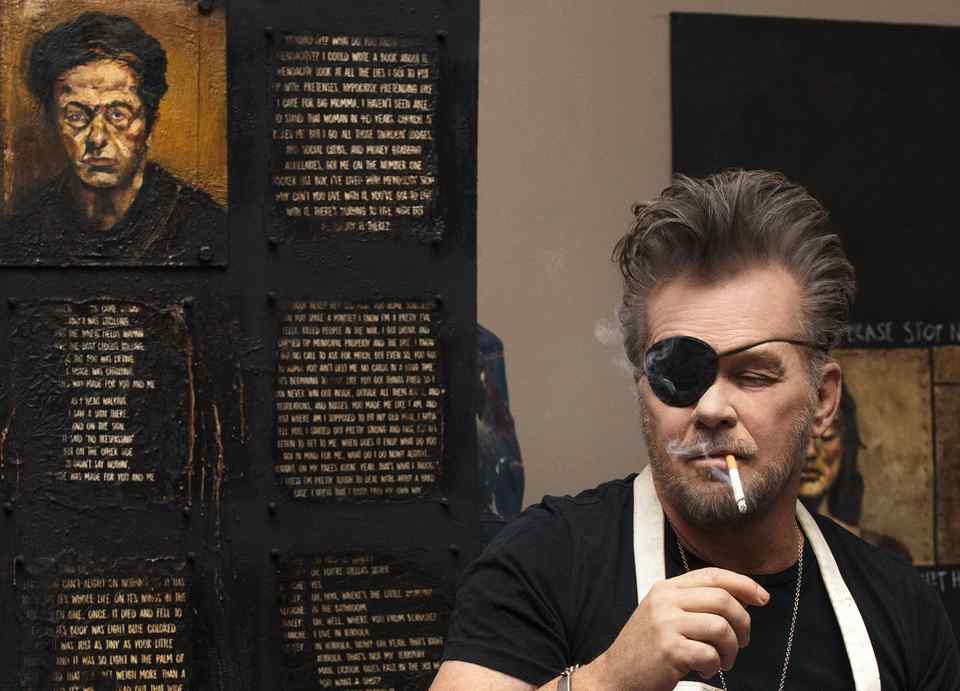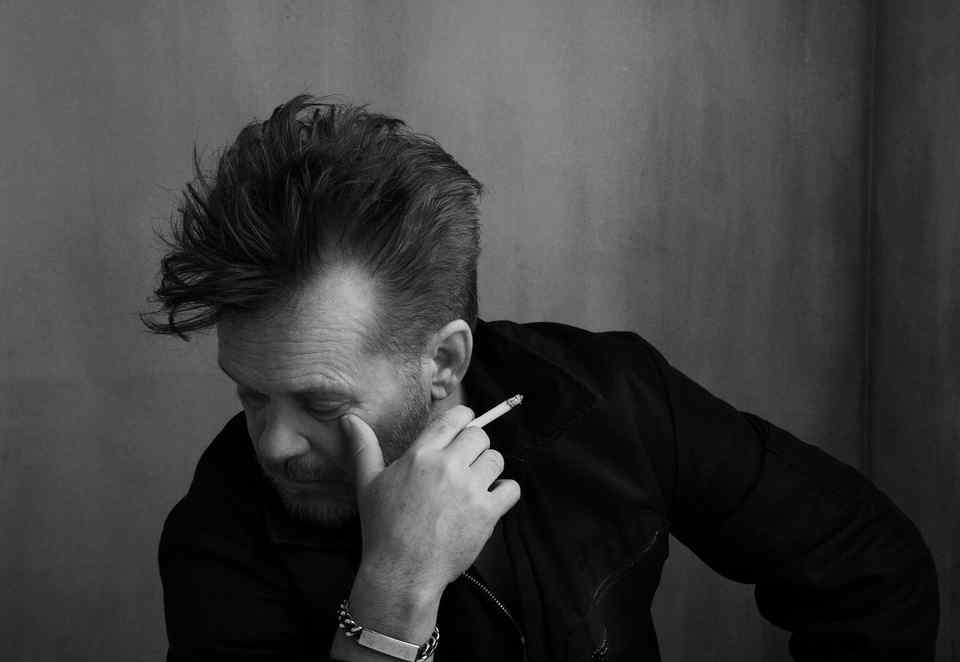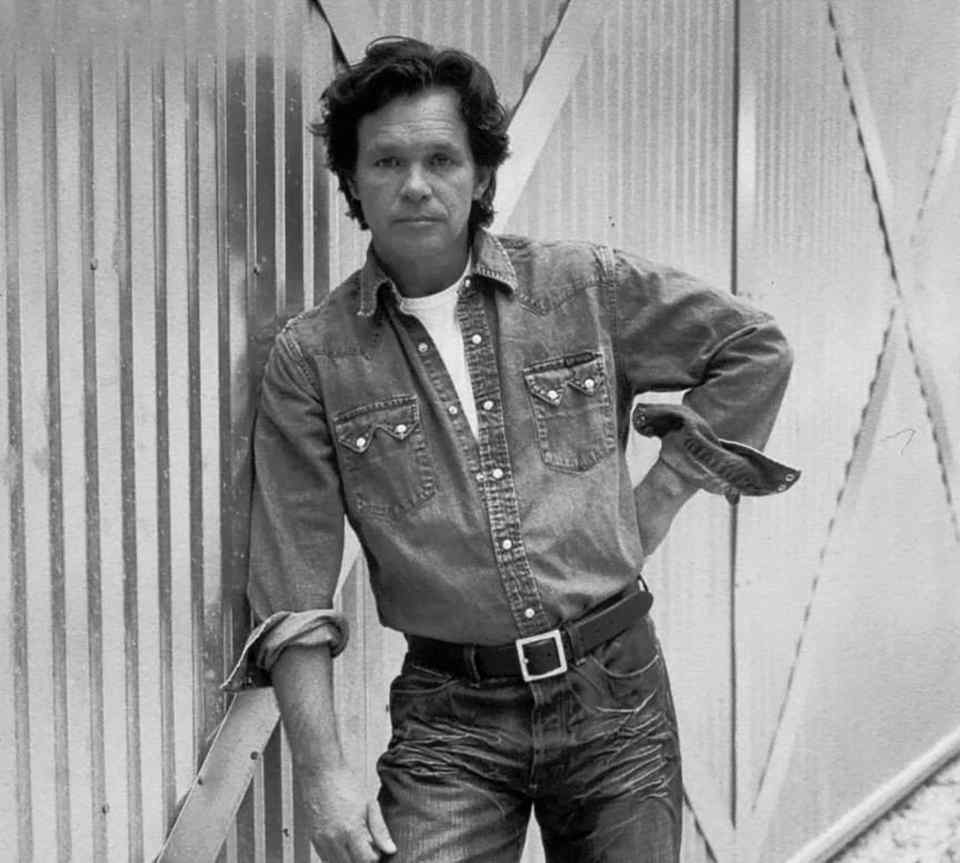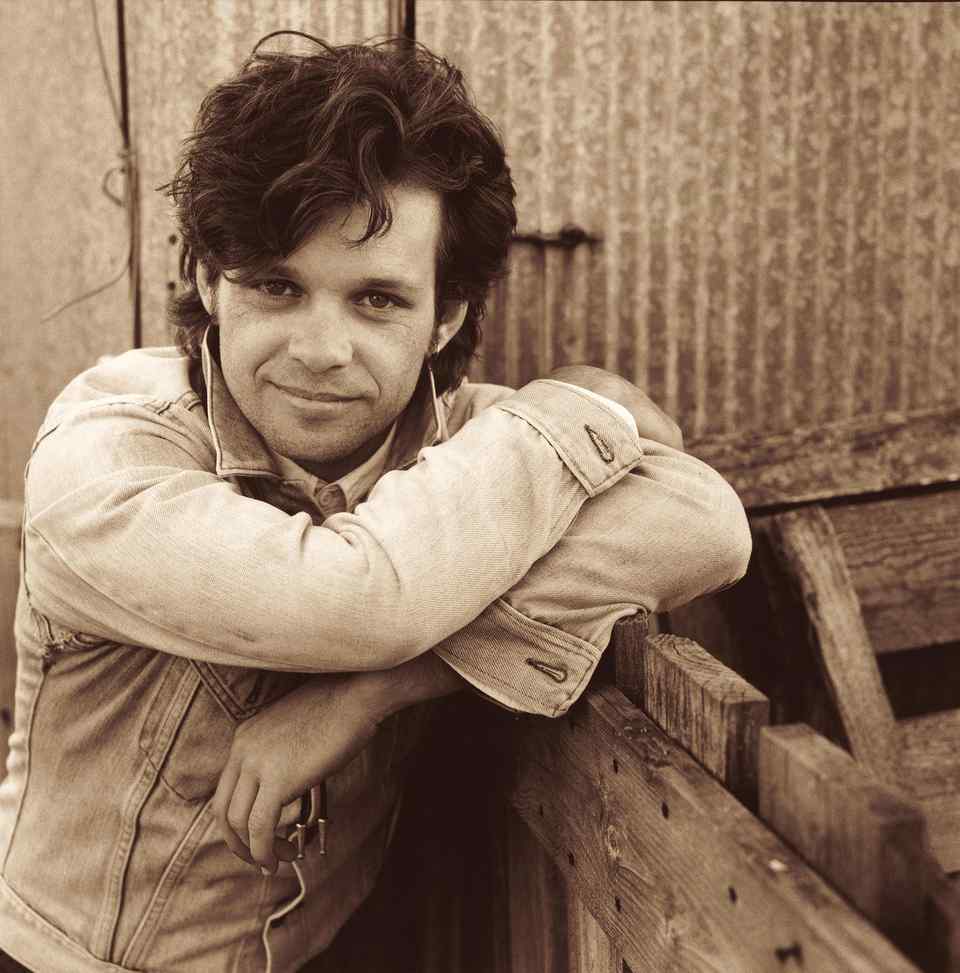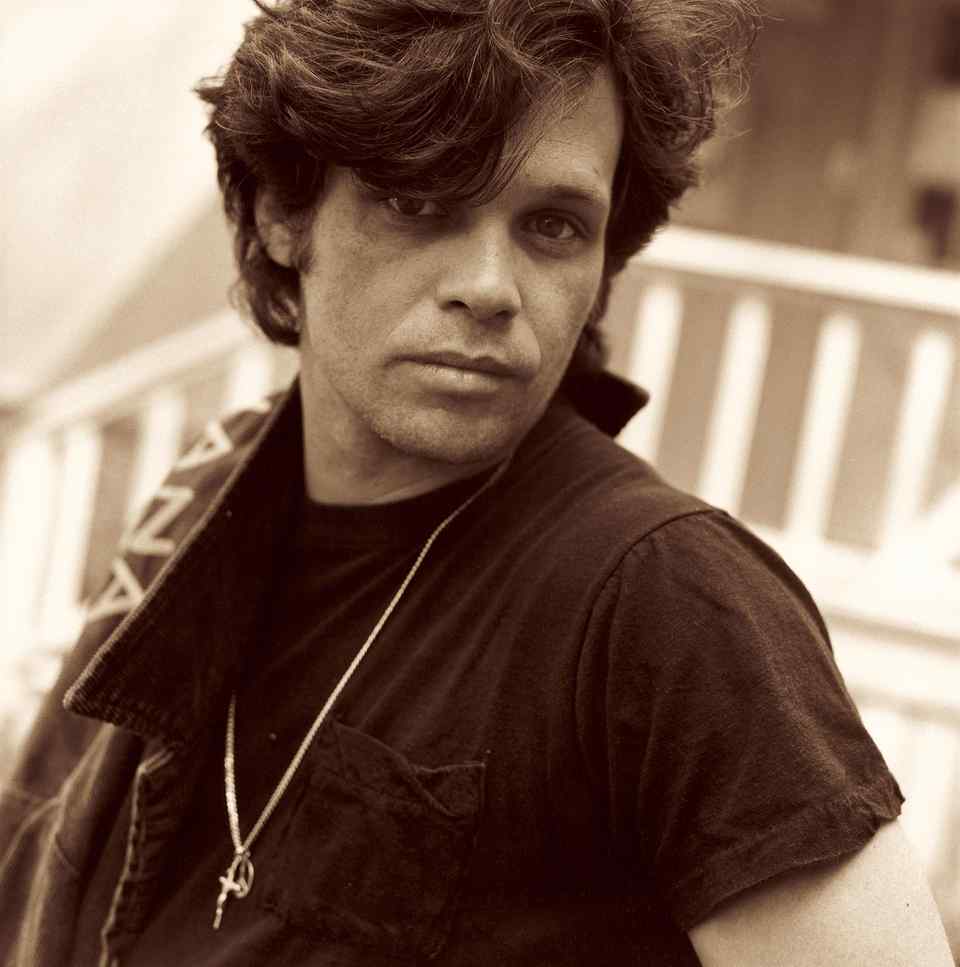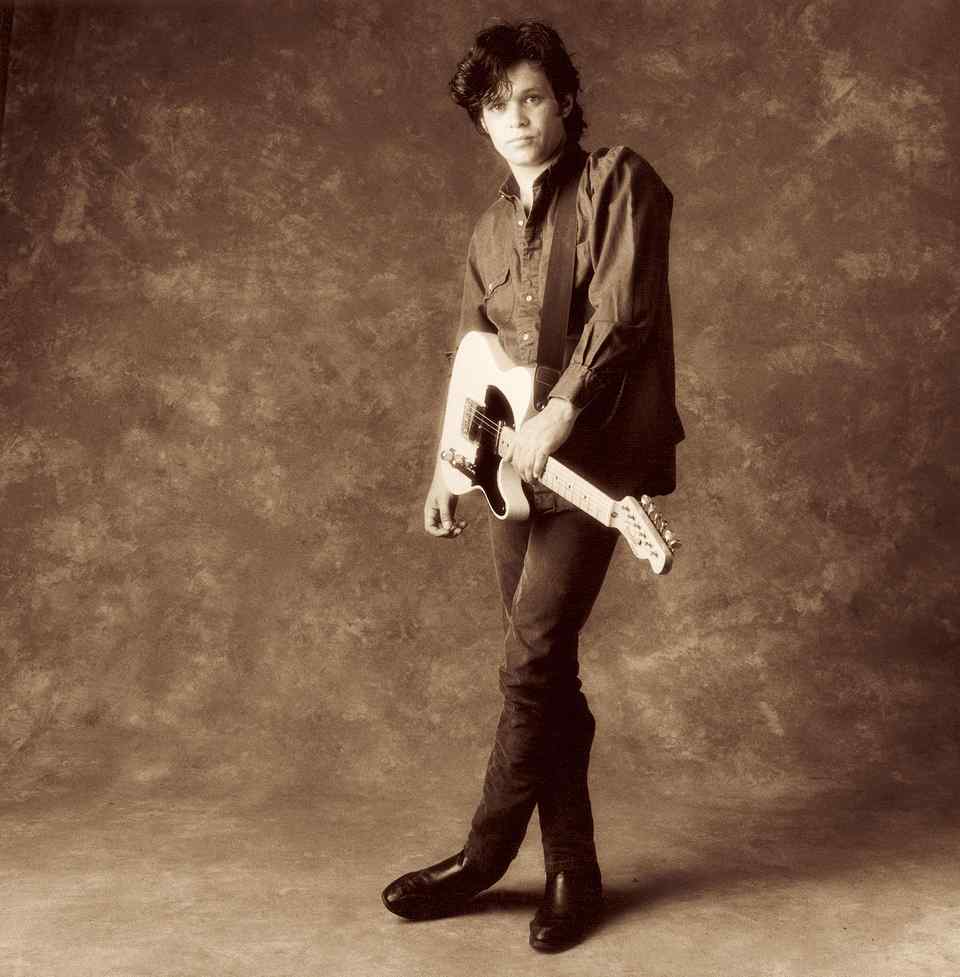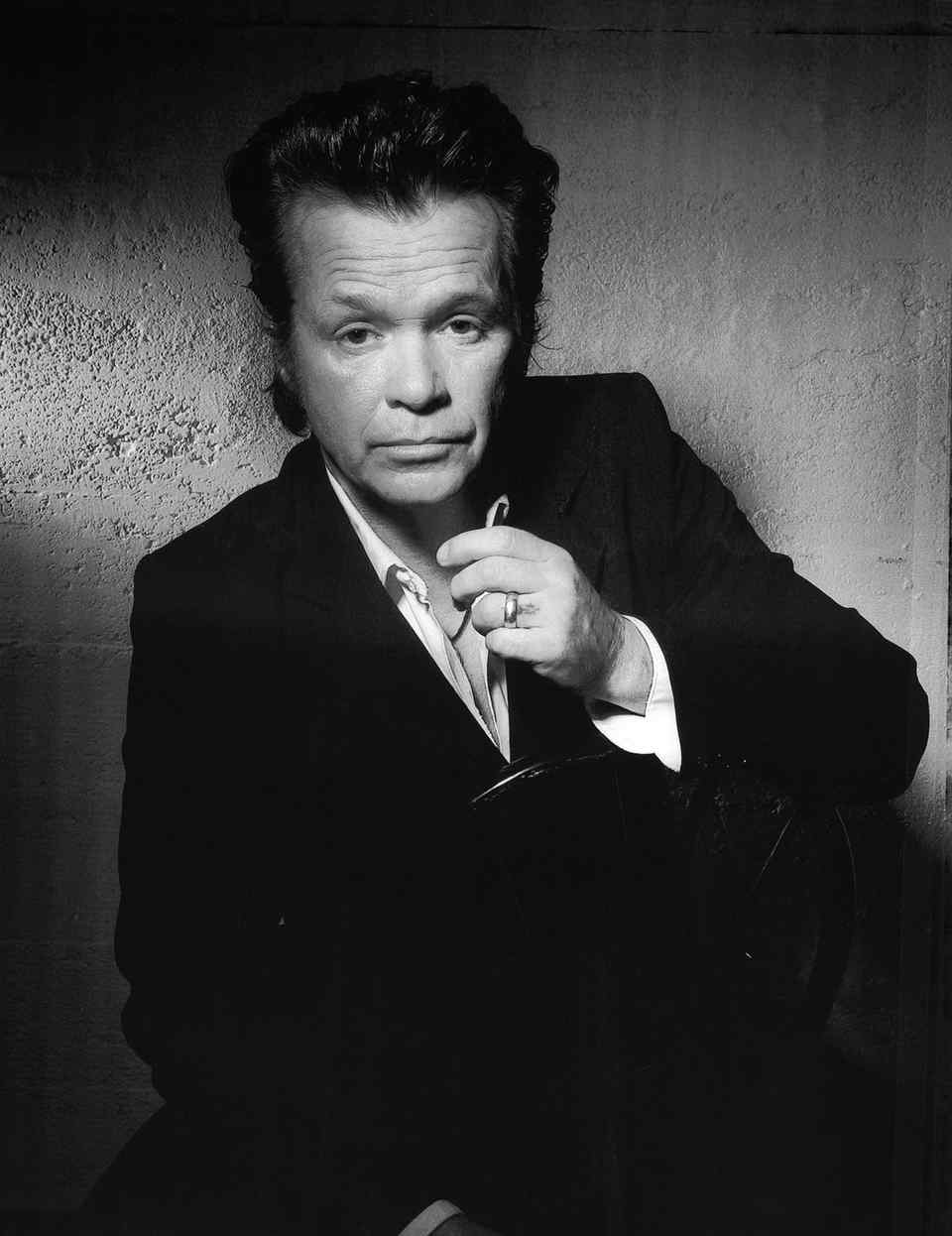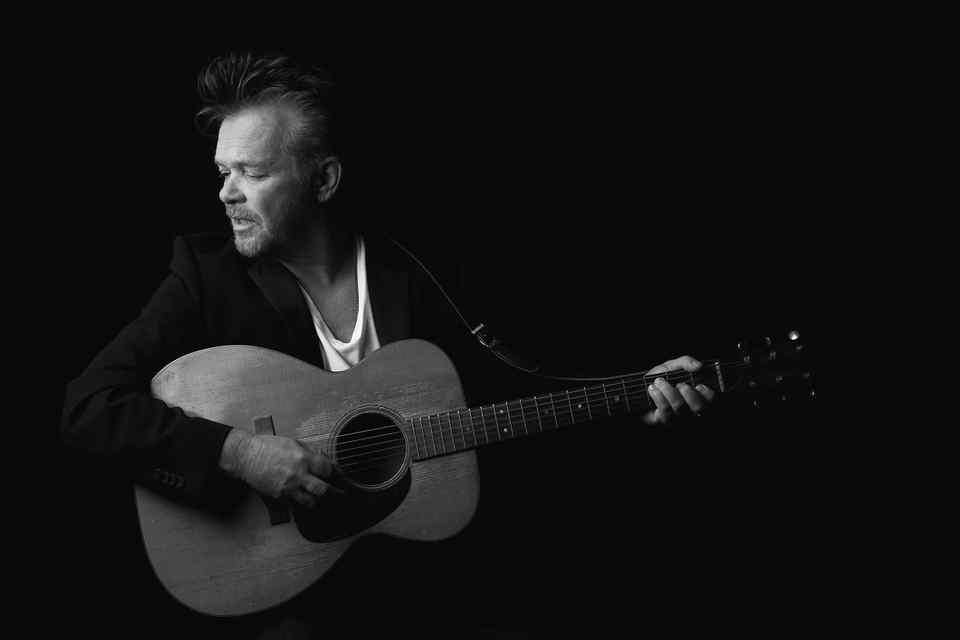Tone Audio Magazine: No Better Than This Review
The concepts behind John Mellencamp's No Better Than This seem culled
from the closed-door meetings of a marketing focus group. Songs were recorded in
mono on vintage equipment and on one microphone at strategic historical
locations: The first African Baptist Church in Savannah; Sun Studios in Memphis;
Room 414 of the Gunter Hotel in San Antonio. the locales, respectively, reflect
America's gospel and slave-trade heritage, rock and roll's core foundation in
the form of Elivs Presley, Johnny Cash, and the like, and the haunted sounds of
the Delta blues' largest myth-making figure, Robert Johnson.
If the on-the-nose ideas behind the sessions weren't enough, Mellencamp and Co. even took measures to "arrange themselves on the [Sun] studio floor in accordance with the markings that had been laid down by Sam Phillips many years before for optimal presence" and "sang facing the corner of the room the Johnson had almost 74 years earlier." Oh, and the album was produced by America's leading retro-music producer, T Bon Burnett. could Hollywood devise a more perfect script?
Surprisingly, No Better Than This is nowhere as sterile, predictable, or overthought as its premise might suggest. In fact, it's the type of back-to-basics album that helped resurrect Bob Dylan's' career in 1997, albeit less obsessed with mortality and dustier in execution. akin to 2008's Life Death Live and Freedom, Mellencamp's latest offering, provides ample reason to tune back into an artist that, after two decades of making declarative Heartland rock and pop , is determined to leave his stamp on roots music-record sales be damned. It's a stance that demands respect, a decision grounded in integrity and , as it happens, engaging authenticity.
Written over the span of 13 days, the songs crackle with bluesy grit, rustic simplicity, and sincere reflection. "Could it be this is all there is?," Mellencamp wonders on the opening "Save Some Time To Dream," a rustling ghost-chain-jangling ditty that offers up a litany of memorable advice as seen through the eyes of a man who's experienced his share of times good and bad. Throughout, the Indiana native strikes a balance between hard luck and righteous perseverance, almost laughing in the face of defeat.
"No One Cares About Me" belies the narrator's dour predicaments and weary lonesomeness with a scampering arrangement that encourages a campfire sing-a-long; slips along to a sawing violins, "Right Behind Me" honors the time -worn tradition of feeling the devil in one's soul but offers up a fresh twist; the keenly humorous "Clumsy Ol' World" details a mischievous woman's habits even as the no-frills country-blues functions not as an indictment but a low-key celebration of being alive. the latter sentiment is central to No Better Than This, thankfully free of the miserable ponderings proffered by so many aging musicians. No, Mellencamp doesn't' ignores reality but recognizes that love at first sight, crystalline memories and a night of good music trump even the deepest sorrows. In the process, he's a turned in his most inspired and finely executed album in an age.
Credit also goes to a crack band that includes Marc Ribot on guitar, Jay Bellerose on drums, and Miriam Strum on violin. And that sounds. Ramshackle, loose and sharing more in common with a scratchy Paramount Records 78 than a compressed modern recording, it frames Mellencamp's gather-around the microphone performances wherein the power of individual is sacrificed in the name of tradition and honesty. It's doubtful the musicians needed to be in the same lace that Johnson first record to capture these vibes, but then again, when the devil is in the details on never knows.
If the on-the-nose ideas behind the sessions weren't enough, Mellencamp and Co. even took measures to "arrange themselves on the [Sun] studio floor in accordance with the markings that had been laid down by Sam Phillips many years before for optimal presence" and "sang facing the corner of the room the Johnson had almost 74 years earlier." Oh, and the album was produced by America's leading retro-music producer, T Bon Burnett. could Hollywood devise a more perfect script?
Surprisingly, No Better Than This is nowhere as sterile, predictable, or overthought as its premise might suggest. In fact, it's the type of back-to-basics album that helped resurrect Bob Dylan's' career in 1997, albeit less obsessed with mortality and dustier in execution. akin to 2008's Life Death Live and Freedom, Mellencamp's latest offering, provides ample reason to tune back into an artist that, after two decades of making declarative Heartland rock and pop , is determined to leave his stamp on roots music-record sales be damned. It's a stance that demands respect, a decision grounded in integrity and , as it happens, engaging authenticity.
Written over the span of 13 days, the songs crackle with bluesy grit, rustic simplicity, and sincere reflection. "Could it be this is all there is?," Mellencamp wonders on the opening "Save Some Time To Dream," a rustling ghost-chain-jangling ditty that offers up a litany of memorable advice as seen through the eyes of a man who's experienced his share of times good and bad. Throughout, the Indiana native strikes a balance between hard luck and righteous perseverance, almost laughing in the face of defeat.
"No One Cares About Me" belies the narrator's dour predicaments and weary lonesomeness with a scampering arrangement that encourages a campfire sing-a-long; slips along to a sawing violins, "Right Behind Me" honors the time -worn tradition of feeling the devil in one's soul but offers up a fresh twist; the keenly humorous "Clumsy Ol' World" details a mischievous woman's habits even as the no-frills country-blues functions not as an indictment but a low-key celebration of being alive. the latter sentiment is central to No Better Than This, thankfully free of the miserable ponderings proffered by so many aging musicians. No, Mellencamp doesn't' ignores reality but recognizes that love at first sight, crystalline memories and a night of good music trump even the deepest sorrows. In the process, he's a turned in his most inspired and finely executed album in an age.
Credit also goes to a crack band that includes Marc Ribot on guitar, Jay Bellerose on drums, and Miriam Strum on violin. And that sounds. Ramshackle, loose and sharing more in common with a scratchy Paramount Records 78 than a compressed modern recording, it frames Mellencamp's gather-around the microphone performances wherein the power of individual is sacrificed in the name of tradition and honesty. It's doubtful the musicians needed to be in the same lace that Johnson first record to capture these vibes, but then again, when the devil is in the details on never knows.

